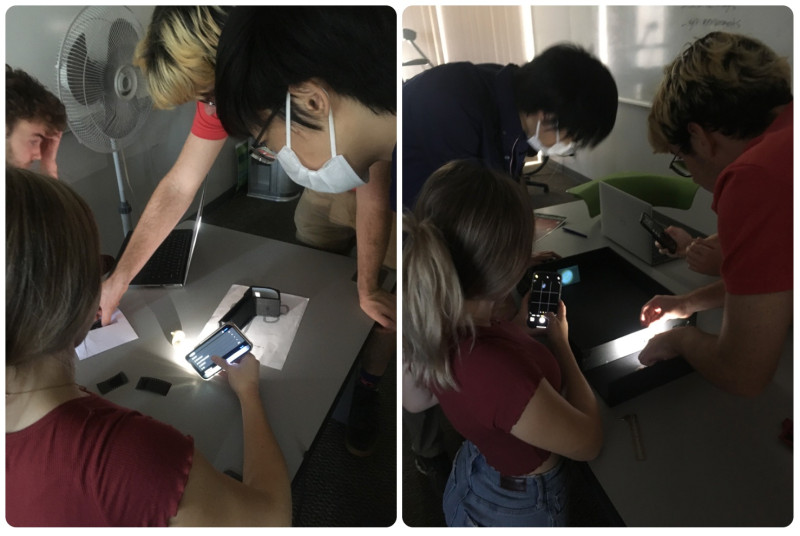INTRO TO COMPUTATIONAL PHOTOGRAPHY / CPI

Scripps College MS159 (3 Credits)
Fall 2023
Course Staff
Instructor: Douglas Goodwin
Email: dgoodwin@scrippscollege.edu
Course Overview
This course explores the evolution of photographic technology from prehistoric times to 1976. Students will learn about and build various photographic devices, replicate historical photographic chemistry, and create images using techniques that range from archaeological optics to early digital sensor cameras. Activities include constructing camera obscuras, pinhole cameras, lensed cameras, and electronic light sensors to create projections, photograms, cyanotypes, and electronic images. Emphasis will be placed on creating durable images and exploring the legibility and meaning of photography.



